This Day in Aviation History
October 15th, 1953
First flight of the Douglas X-3 Stiletto (knife-like shape). The X-3 was built to test the effects of high temperatures induced by high speeds on an aircraft.
The Douglas X-3 Stiletto was a 1950s United States experimental jet aircraft with a slender fuselage and a long tapered nose, manufactured by the Douglas Aircraft Company. Its primary mission was to investigate the design features of an aircraft suitable for sustained supersonic speeds, which included the first use of titanium in major airframe components. Douglas designed the X-3 with the goal of a maximum speed of approximately 2,000 m.p.h,[2] but it was, however, seriously underpowered for this purpose and could not even exceed Mach 1 in level flight.[3] Although the research aircraft was a disappointment, Lockheed designers used data from the X-3 tests for the Lockheed F-104 Starfighter which used a similar wing design in a successful Mach 2 fighter.
The Douglas X-3 Stiletto was the sleekest of the early experimental aircraft, but its research accomplishments were not those originally planned. It was originally intended for advanced Mach 2 turbojet propulsion testing, but it fell largely into the category of configuration explorers, as its performance (due to inadequate engines) never met its original performance goals.[4] The goal of the aircraft was ambitious — it was to take off from the ground under its own power, climb to high altitude, maintain a sustained cruise speed of Mach 2, then land under its own power. The aircraft was also to test the feasibility of low-aspect-ratio wings, and the large-scale use of titanium in aircraft structures….
Source:
Wikipedia, Douglas X-3 Stiletto: http://en.wikipedia.org/wiki/Douglas_X-3_Stiletto
YouTube, Douglas X-3 Stiletto (Newsreel):
Douglas X-3 Stiletto
Don’t forget to +1, Comment, and Share!
For more aviation content like this. Please follow me at Gazing Skyward TV
#avgeek #aviation #history

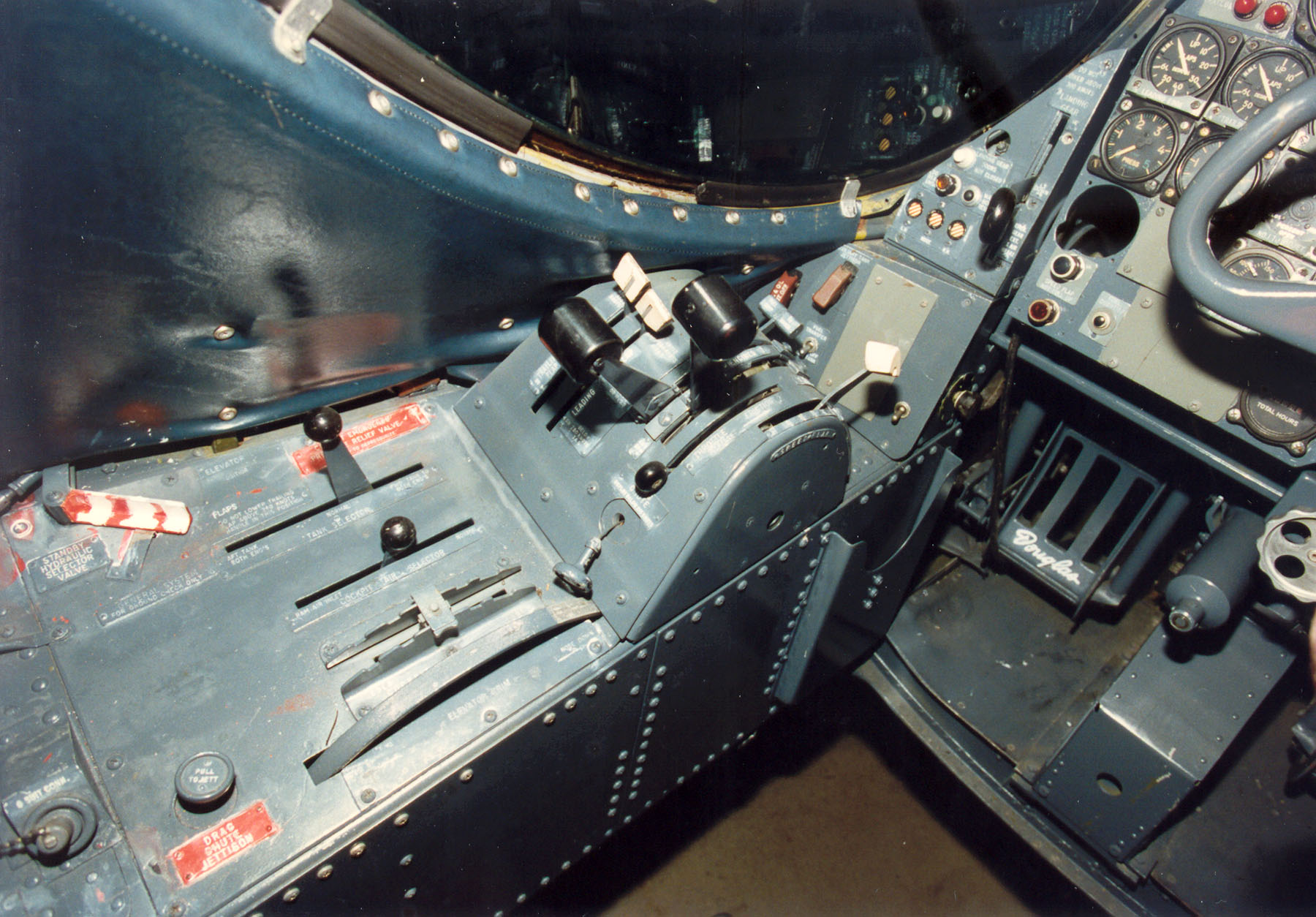
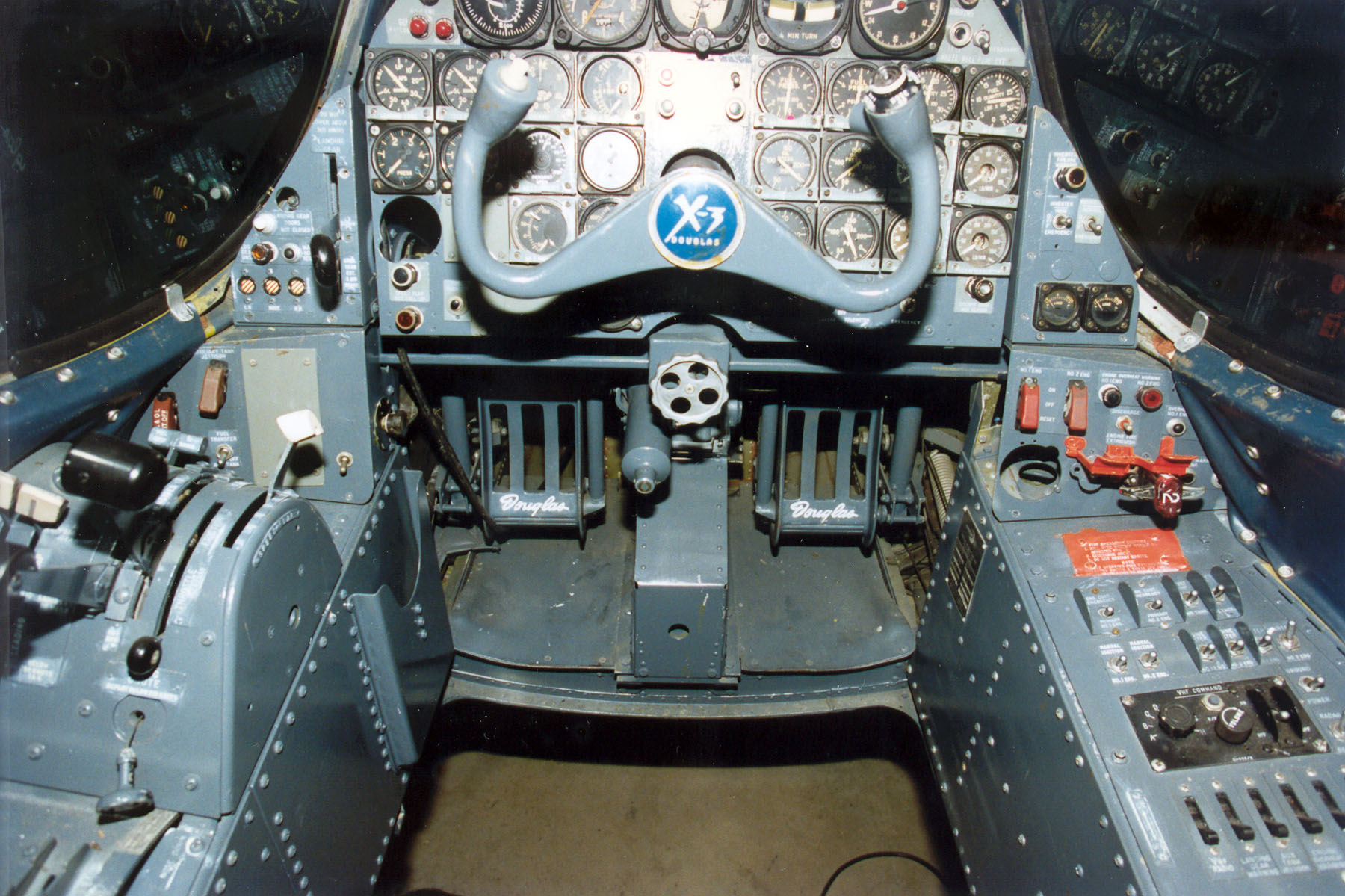
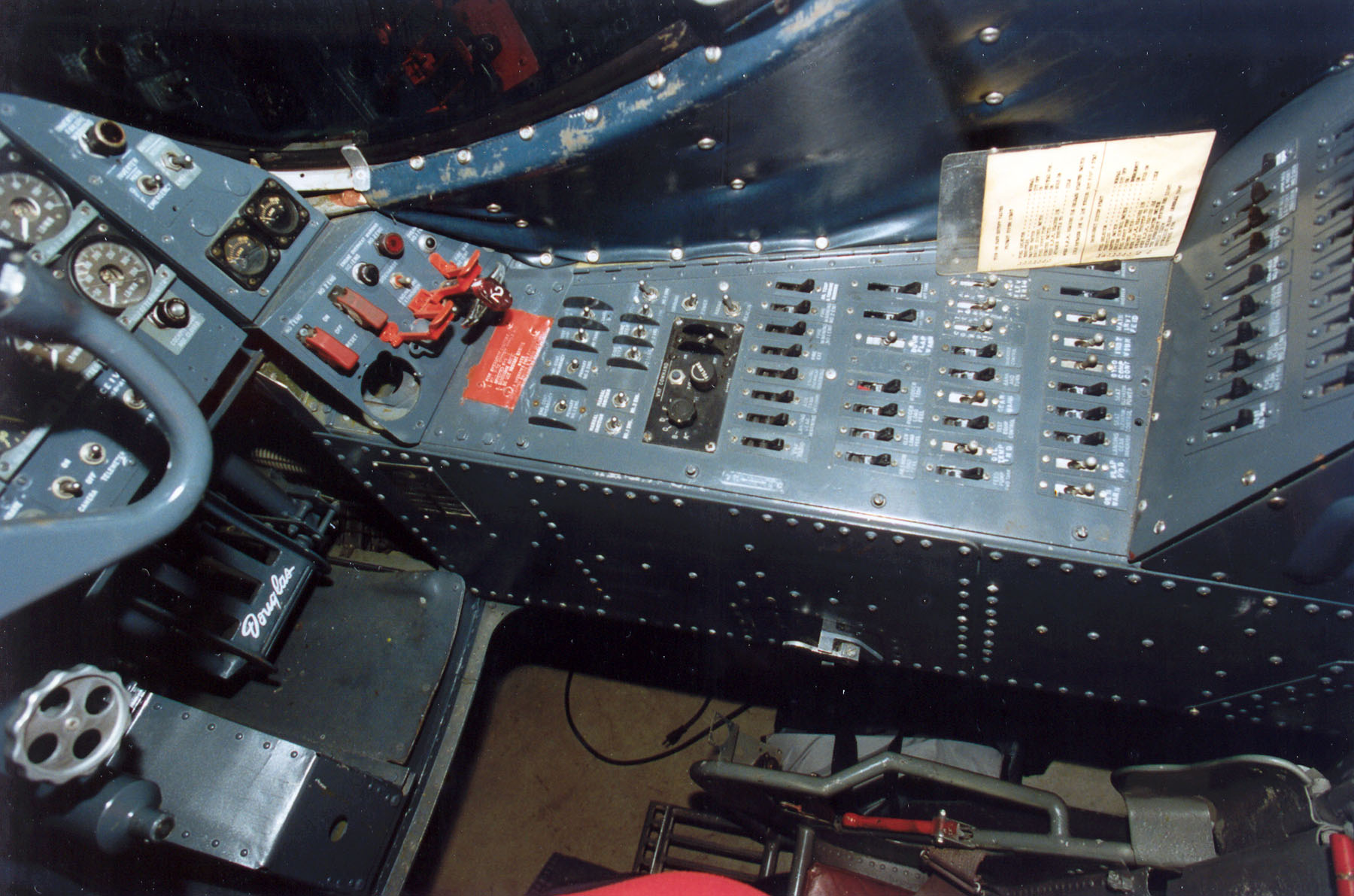

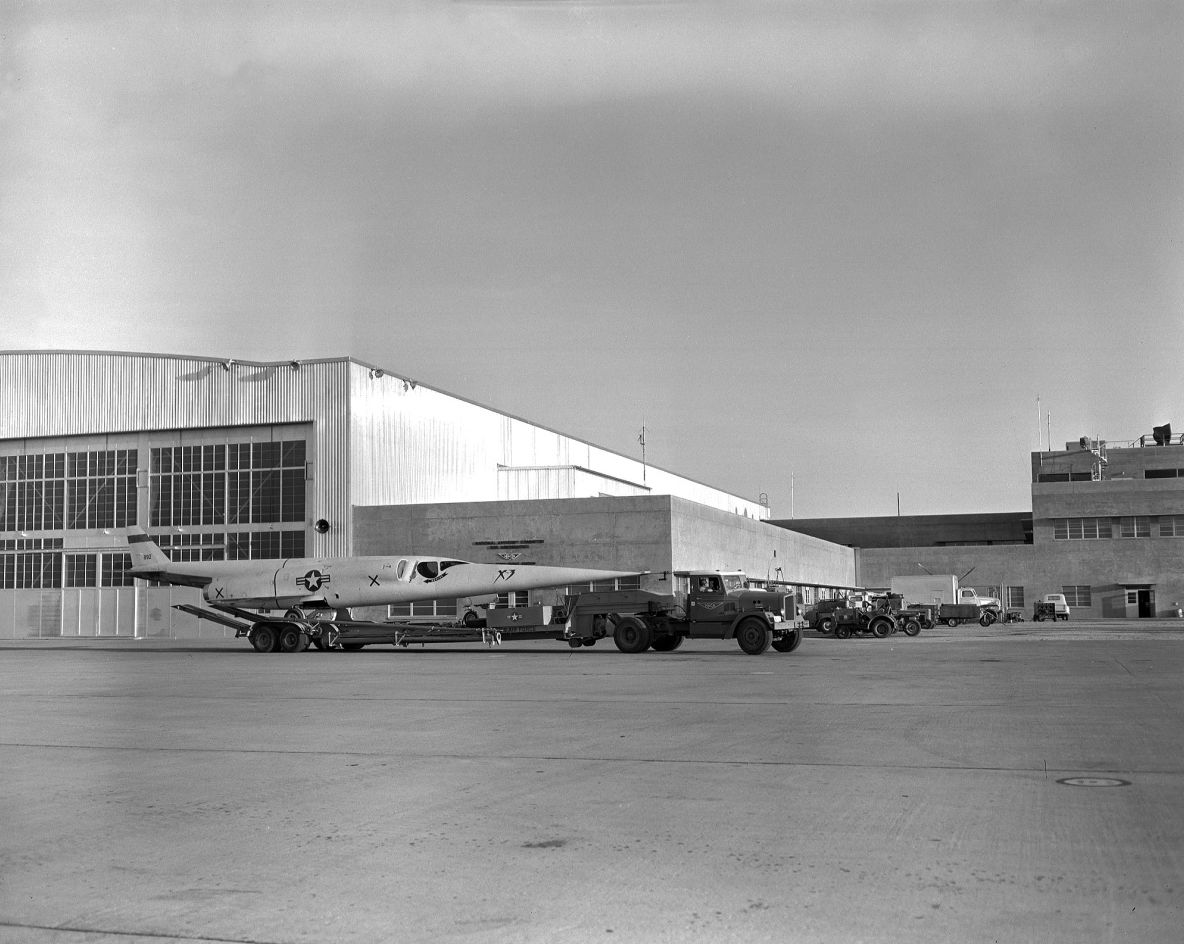
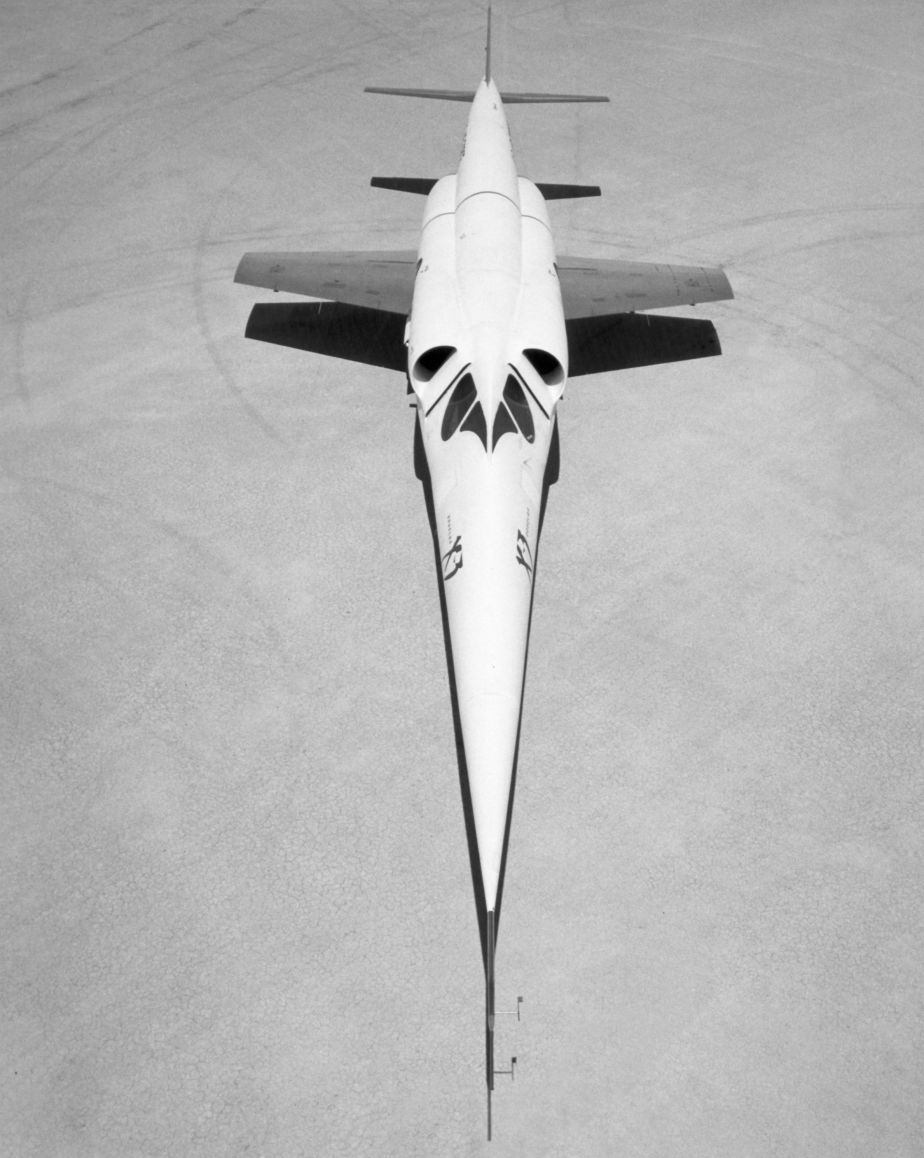

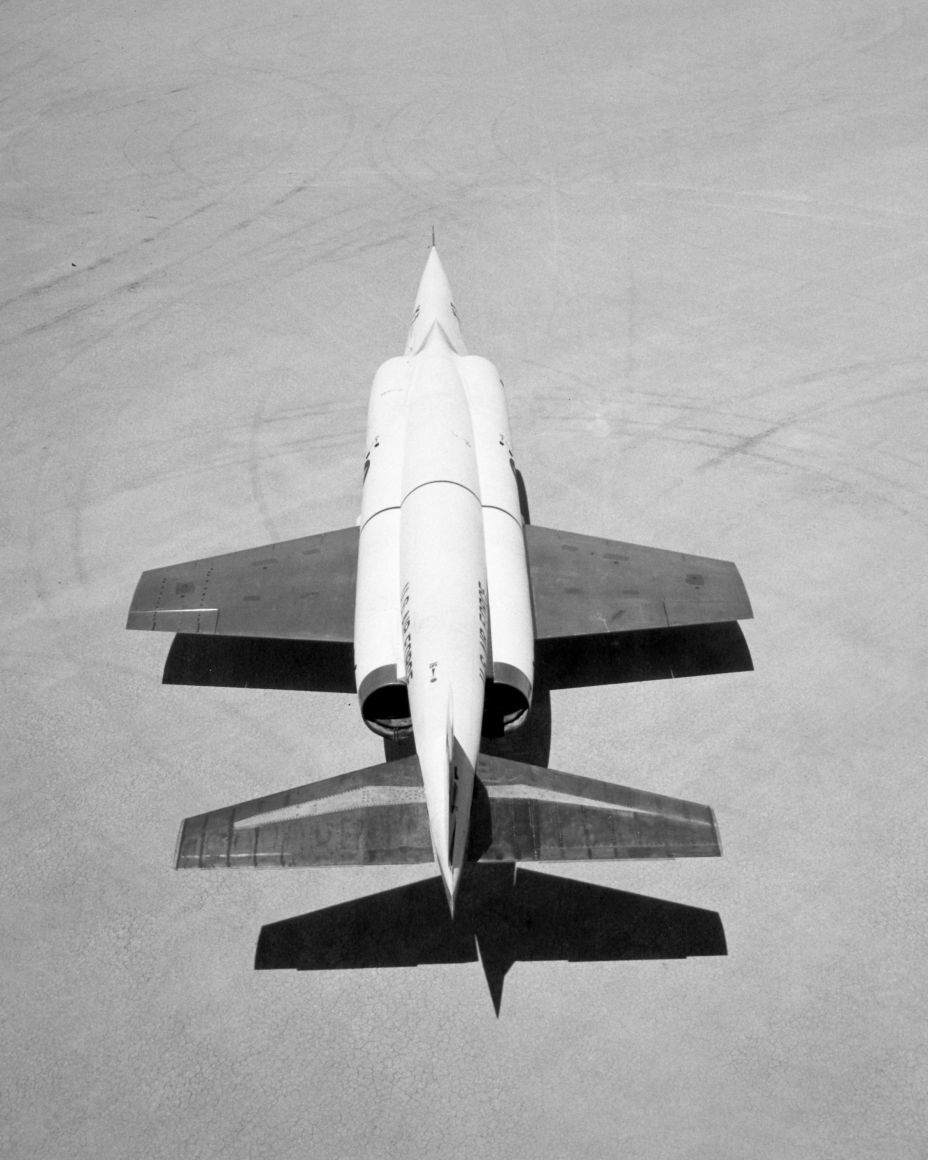
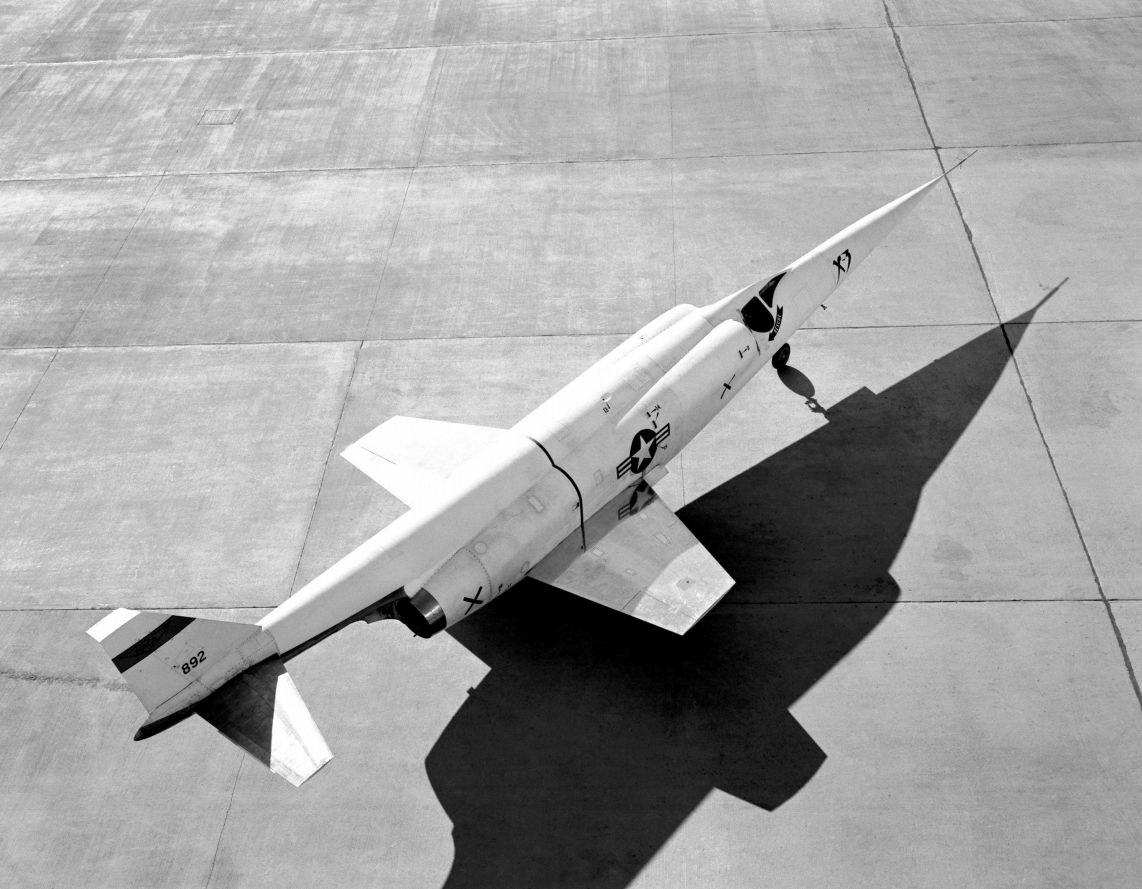
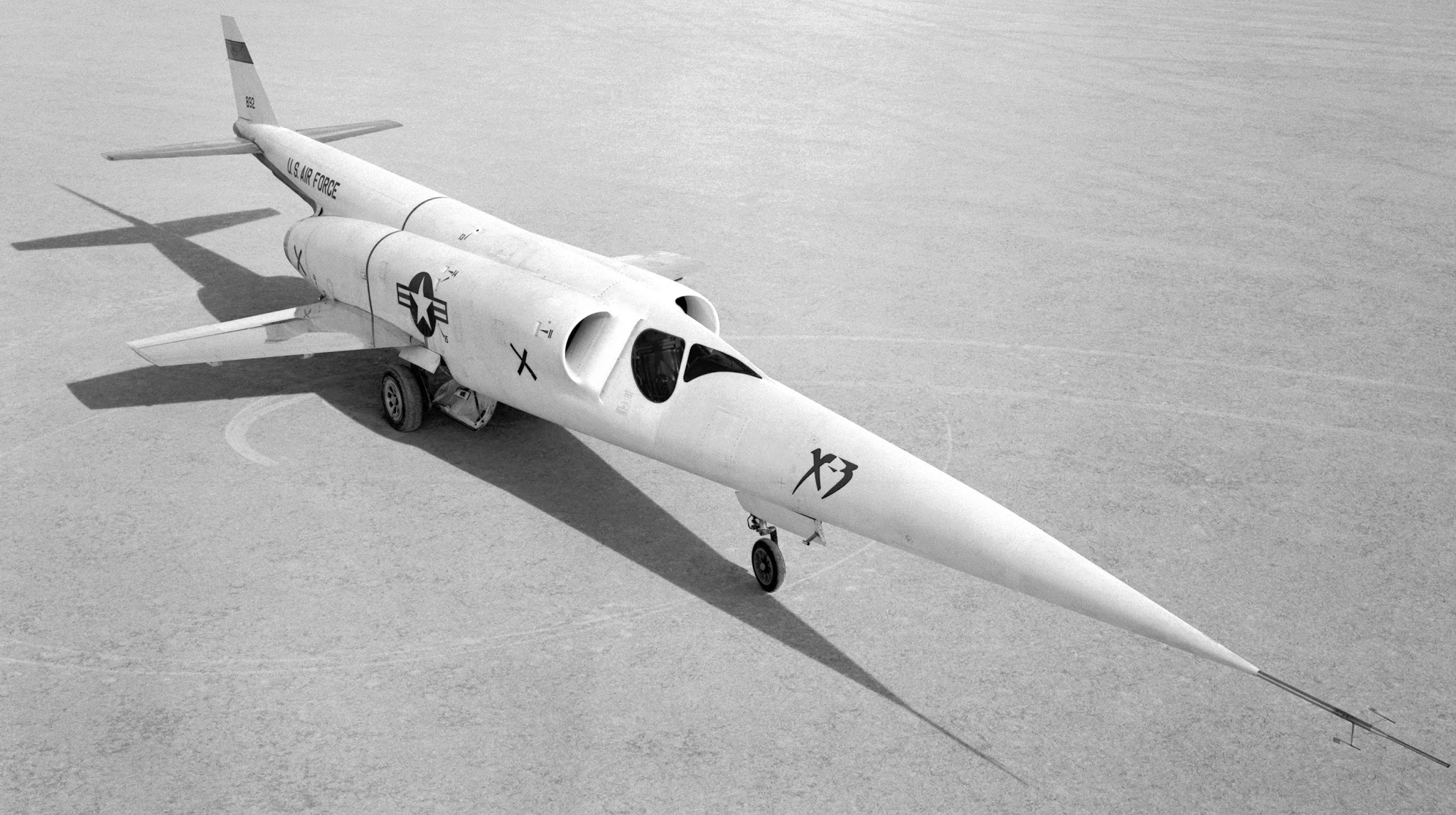
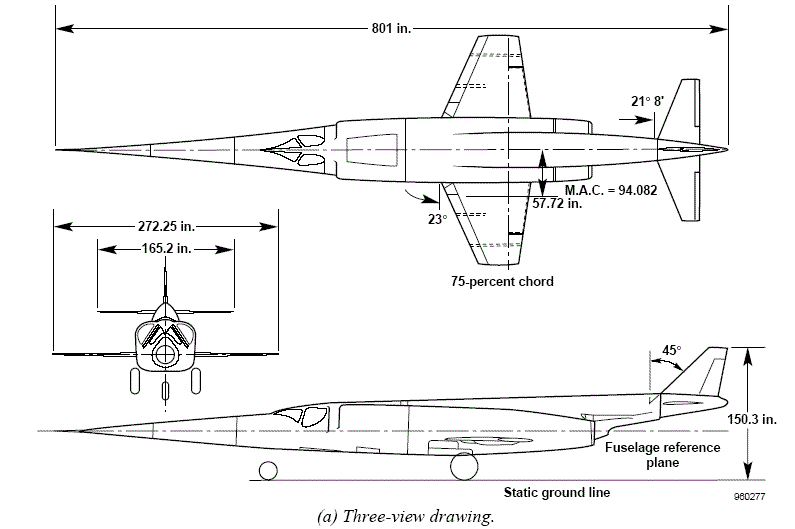
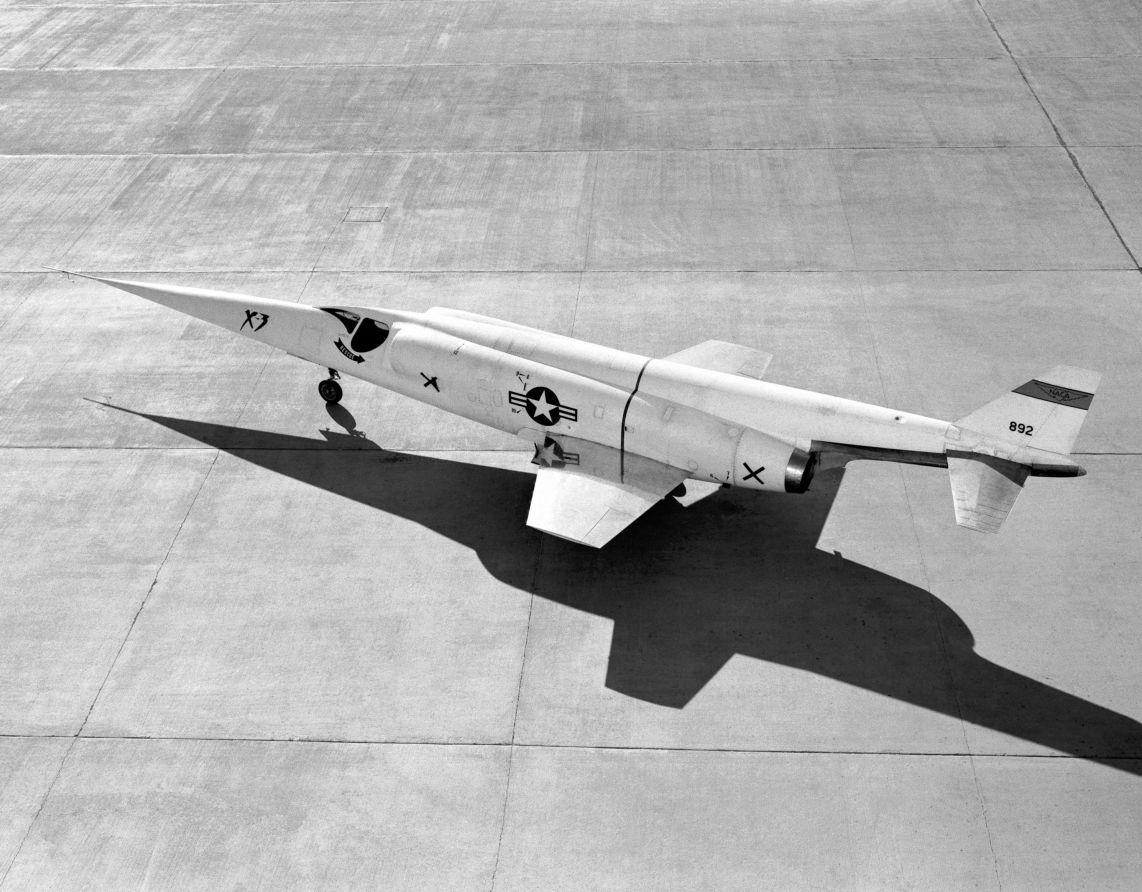
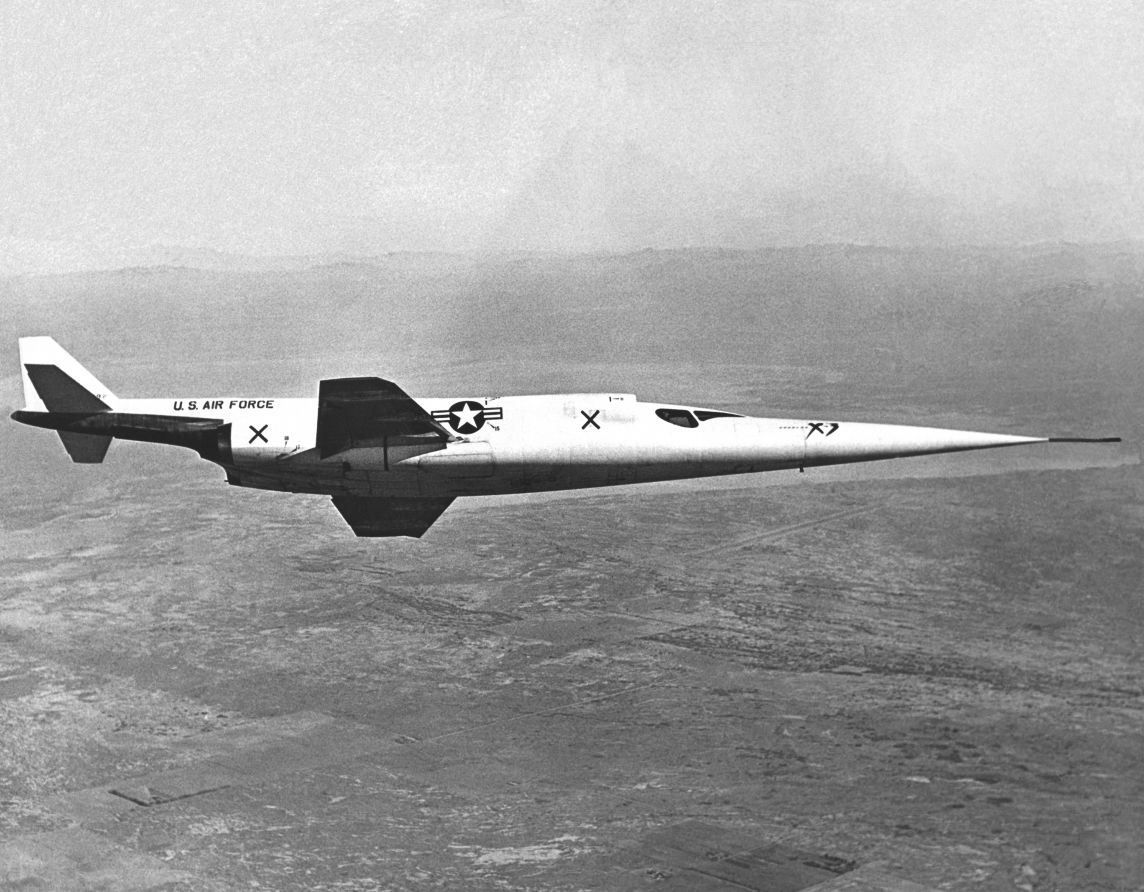





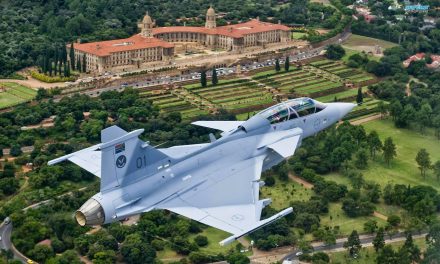
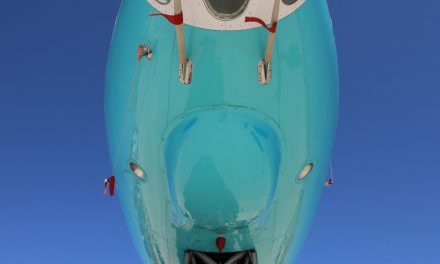
Recent Comments